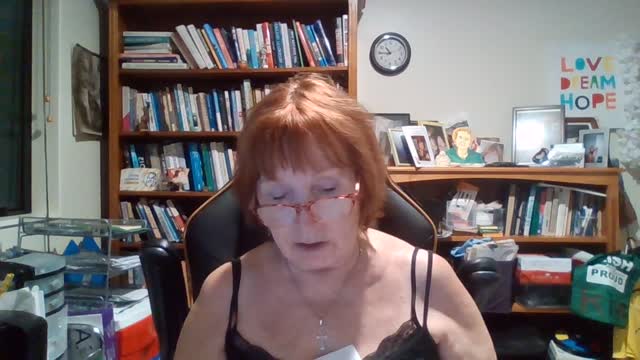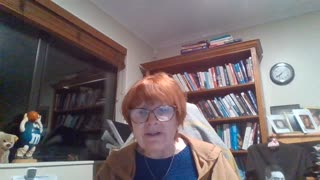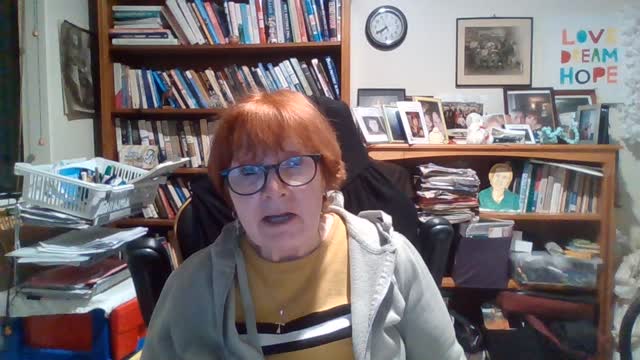Here is some background history on Rudolf Steiner Schools. Steiner Schools are built on the philosophy and the founding of anthroposophy. The first school was opened in response to Emil Molt the owner, managing director of the Waldorf Astoria Cigarette Company in Stuttgart Germany. After the dissolution of the Soviet Union Waldorf (Steiner ) Schools began to proliferate in Central & Eastern Europe, many walso opened in Asia and in particular in China
UNESCO (UN Cultural, Scientific and Educational Organization of the UN) support, promote Steiner (Waldorf) Schools. Waldorf is Steiner Schools. Many UN Nation States report the ideals, ethical principles of the Waldorf-Steiner School movement corresponds to UNESCO. UNESCO sponsored an exhibition on these schools at the 44th Education Congress in Geneva
Steiner-Waldorf report that ‘the Indigenous Waldorf Education is fully recognized and supported by the UN (UNESCO) Inclusive Waldorf schools today: what can we build on and what is necessary in the 21st century? The self-governing Waldorf school intended by Steiner offers the framework for implementing inclusion, enabling a participatory, open-minded education for children and adolescents in the 21st century . It is reported that UNESCO Associated Network of Schools links Educational institutions worldwide around one global common goal. Supporting international intercultural dialogue in the minds of children and young people. This is described as ‘Sustainable Developmental and Quality Education.
The Freunde der Erziehungskunst *Our ambition is to invite Waldorf Schools worldwide to become part of the UNESCO network as UNESCO Associated Schools (ASP network) as there are many commonalities in the ideals and values of UNESCO and the practice in Waldorf Schools. *We would like to implement a network of Waldorf UNESCO Associated Schools to connect the Waldorf UNESCO Associated Schools worldwide, to exchange experiences, knowledge and good practices with schools and communities. You can find a list of Waldorf UNESCO Associated Schools worldwide. Stating the following:-
*We take part in initiatives of the UNESCO e.g. UNESCO’s Futures of Education initiative that aims to rethink education and shape the future. The initiative is catalyzing a global debate on how knowledge, education and learning need to be reimagined in a world of increasing complexity, uncertainty, and precarity. *With the international students campaign Waldorf-One-World-Day, the Freunde der Erziehungskunst established a project that contributes to the UN’s 2030 Agenda for Sustainable Development and the related 17 Sustainable Development Goals (SDGs). Steiner School philosophy of Anthroposophy is a spiritual philosophy; not a religion. https://www.waldorf-salzburg.at/ – Waldorf Campus Salzburg – Rudolf Steiner Schule © 2024)
https://schools2030.org/ Catalyzing School-Driven Holistic Learning Innovations to Achieve SDG4 by 2030. Schools2030 launched in 2020 and works in over 1000 government schools and community learning centres across ten countries: Schools2030 is collecting data from assessments, through our evaluation work with technical partners, and through our research projects, to build a body of evidence that can inform teaching practices and policy-decisions the world over. All Schools2030 methodologies, toolkits and data are/will be made freely available on our website to support transformative education agendas across the world. (https://schools2030.org/)
Are Steiner Schools inclusively entering Universal Education 2030??? UN Agenda 2030 Education last year did not match up with what the Steiner School curriculum in NZ , however both the Universal Education 2030 (UN) like Steiner Schools do both follow a spiritual type guidance.. an enlightenment rather than a Christian religious format???? Eeem I suspect that UNESCO is trying to infiltrate, embed itself in the Steiner School movement worldwide. ??? (A guess-estimate)
RESEARCHER: Cassie
WakeUpNZ
...




